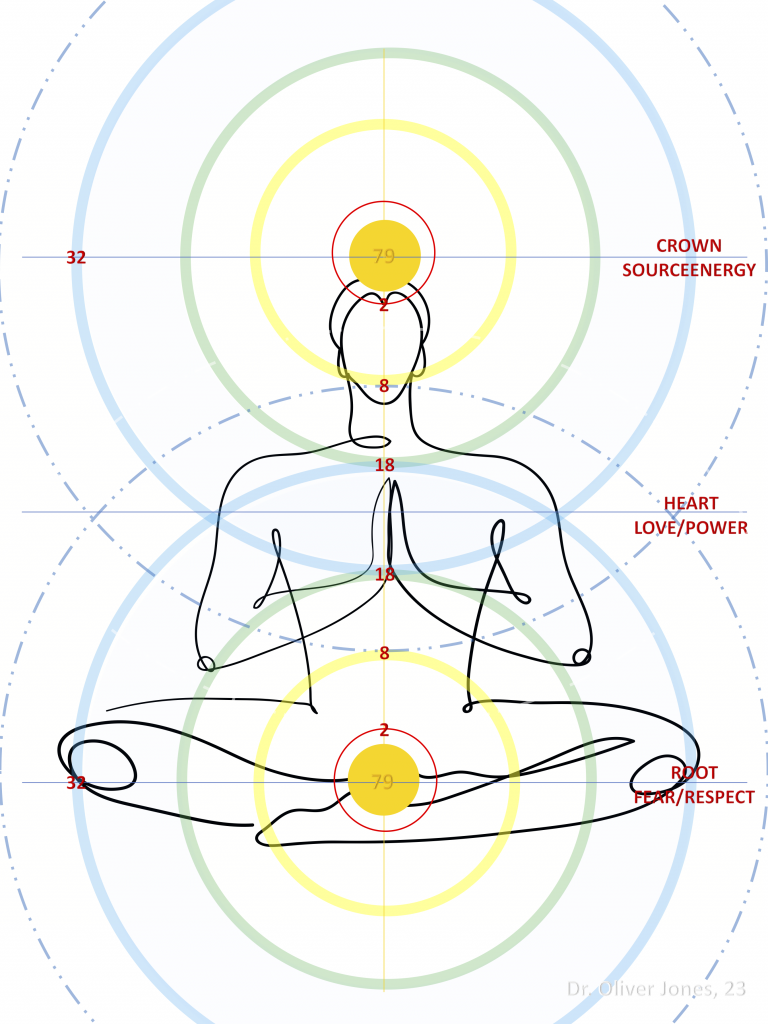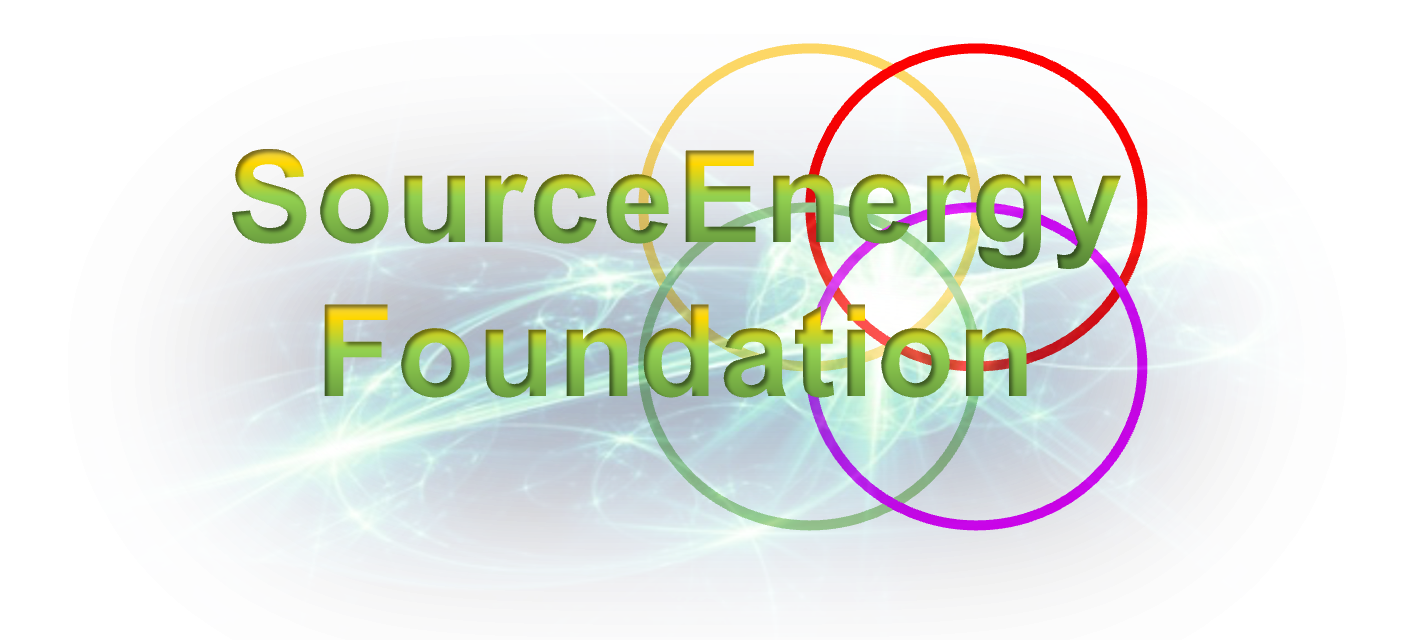Layers 8-10: Godliness & Moral Computation
The incorporation of Layers 8-10 into the 27-layer neural network offers an advanced and ethical approach, harmonizing well with the Wealth Ecology Model. These layers act as the moral and ethical backbone of the system, ensuring that the technology operates within predefined ethical boundaries while also striving for higher-order goodness, in line with godliness.
Layer 8: Godliness
Objective:
To align the system’s operations and decision-making with universally accepted moral and ethical principles, approximating a form of technological ‘godliness’.
Technical Components:
- Ethical Decision-Making Algorithms: Utilizes ethical frameworks to guide machine learning and decision processes.
- Moral Sentiment Analysis: Analyzes data and actions for moral and ethical implications.
- Community-Centric Goals: Aligns operational objectives with community well-being.
- Positive Impact Metrics: Measures the societal and environmental benefits of system operations.
Operational Flow:
Layer 8 scrutinizes all system decisions and actions to ensure they are ethically sound and community-beneficial, acting as the moral compass of the neural network.
Layer 9: Moral Computation
Objective:
To imbue the system with the capability for understanding and implementing complex moral computations that weigh multiple ethical concerns.
Technical Components:
- Moral Calculus Algorithms: Sophisticated algorithms that weigh ethical considerations in decision-making.
- Normative Data Sets: Includes data sets that help the system understand social norms and values.
- Ethical Auditing: Regular assessments of system decisions to ensure moral integrity.
- Stakeholder Input: Mechanism to include community and stakeholder opinions in moral computations.
Operational Flow:
Layer 9 acts as the ethical ‘brain,’ taking into account a multitude of factors and stakeholder inputs to make well-rounded moral computations.
Layer 10: Moral Computation Enhancement
Objective:
To continually refine and enhance the moral computation algorithms based on real-world feedback and evolving ethical guidelines.
Technical Components:
- Iterative Ethical Learning: Adapts and improves ethical algorithms over time.
- Moral Feedback Loops: Real-time feedback mechanisms that allow for rapid moral recalibrations.
- Ethical Update Protocols: Procedures for updating the system’s ethical guidelines.
- Compliance Monitoring: Ensures the system remains in compliance with evolving ethical standards and regulations.
Operational Flow:
Layer 10 maintains the ethical integrity of the system by regularly updating and refining the moral computation algorithms based on real-world data and stakeholder feedback.
Wealth Ecology Model Alignment:
Layers 8-10 are directly aligned with the ‘Community’ and ‘Education’ aspects of your Wealth Ecology Model. These layers ensure that the technology serves the community in an ethical manner while educating the system—and by extension, its users—on the importance of ethical considerations in technological applications.
By intricately weaving these moral and ethical layers into the fabric of the neural network, we can ensure a technologically advanced system that is not only efficient and reliable but also ethical and community-centered.

